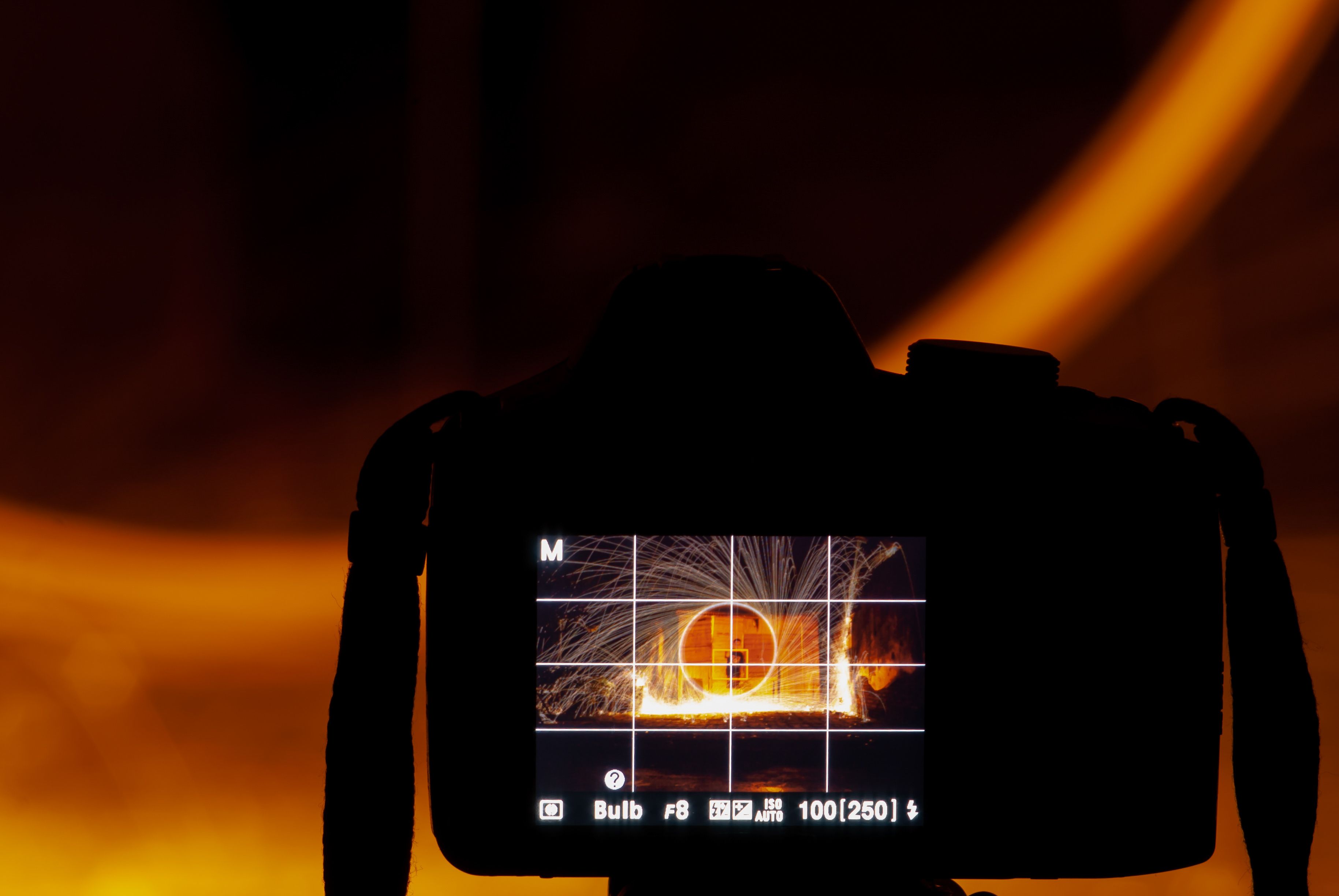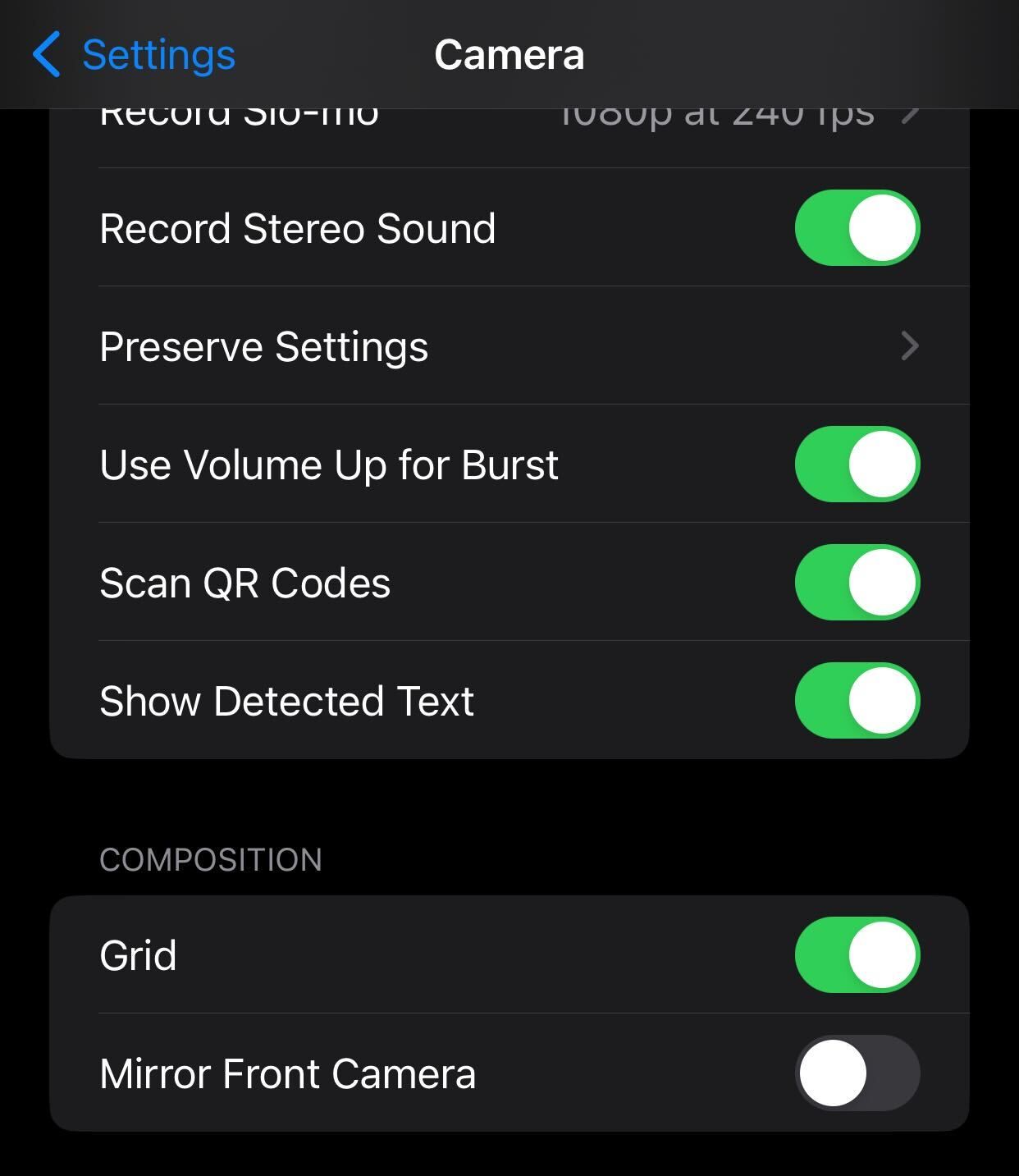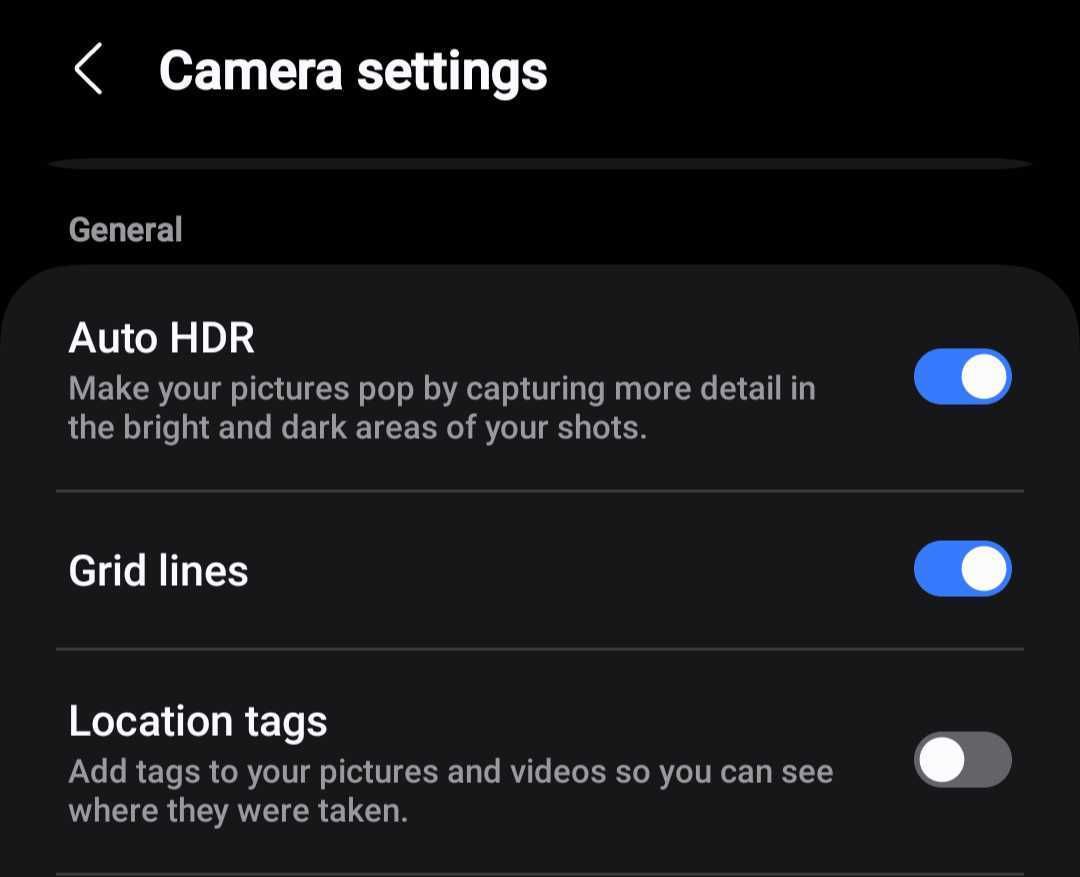Summary
- The Rule of Thirds improves shot composition by aligning key elements at grid intersections for visual appeal.
- Enable grid lines on modern cameras or smartphones to apply the Rule of Thirds effectively.
- Placing elements off-center creates balance and directs the viewer’s attention.
How you frame your videos directly influences their look and balance, and the “Rule of Thirds” can help you compose your shots better. This method can turn your ordinary smartphone videos into captivating ones. But what is this rule, and how can you use it?
What Is the Rule of Thirds?
The Rule of Thirds is a simple yet powerful technique for improving shot composition, making it balanced and visually appealing. The idea is to divide the frame into thirds across both axes, which you can do using your imagination. However, these days a grid divides your smartphone or camera screen, creating nine equal sections. The points where these lines intersect are called focal points or power points.
The rule requires you to position key elements of your video along these lines or at their intersections, which leaves ample space in the remaining frame to provide context and depth to your story.
How to Enable the Grid Lines
To apply the Rule of Thirds, first enable the grid that divides your frame into nine equal sections. Most modern cameras support grid lines, which you can easily activate through the camera settings. If you use your smartphone for recording videos, you can easily enable grid lines on most new (and even older) Android and iPhone models.
To enable grid lines on an iPhone, open the Settings app, scroll down to the “Camera” section, and navigate to “Composition.” From there, toggle on “Grid.”
On a Samsung device, go to the Settings app, navigate to “Apps,” find and select “Camera,” then open “Camera Settings” and enable “Grid Lines.”
How to Use the Rule of Thirds
To make the most of the grid lines, you must know where to position key elements in the frame. Place the most important parts of your scene—such as a face, a landmark, or a product—along the gridlines or, ideally, at the intersection points. For portrait or close-up shots, align the subject’s eyes with the top horizontal line to make the composition more engaging.
Position the main subject along the top horizontal gridline to capture the horizon and surroundings. As you place your main elements, do not neglect the rest of the frame, which adds context and depth to the story. Above all, avoid placing the main elements in the center, as this can make the image feel static and less visually compelling.
Why the Rule of Thirds Works
The Rule of Thirds creates a natural balance in your videos. Our brains are naturally drawn to off-center focal points, so placing key elements at these intersections directs the viewer’s attention to the most important parts of the scene. This technique makes your recordings look more professional, dynamic, and visually appealing.
Positioning key elements at these focal points leaves plenty of space to capture the surrounding scenery and background, adding context and depth to your shots. Placing objects in the center, on the other hand, can make the subject appear static and the frame overcrowded, which limits room for the background and makes the shot feel cramped.
Another beauty of the Rule of Thirds is its versatility—it’s not just for people or landscapes. It can be used for product shots or even when filming a moving subject. If you want your videos and photos to engage viewers and tell a compelling story from start to finish, always apply the Rule of Thirds.
That’s the essence of the Rule of Thirds and how it can elevate your videography skills to the next level. While this guideline is incredibly helpful, think of it as a tool rather than a strict rule. If your composition works better without following the grid, don’t hesitate to break it. So, if you want to rely on your instincts, you can turn off the grid and record videos without it.







